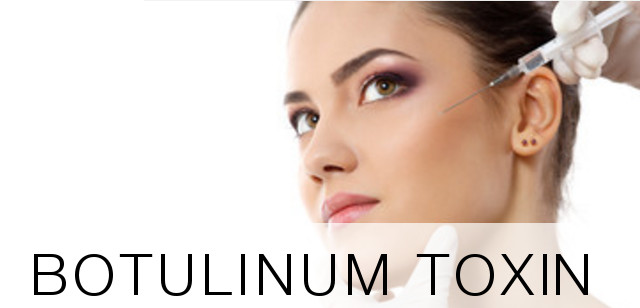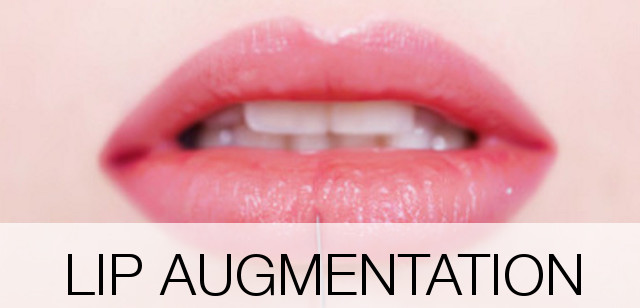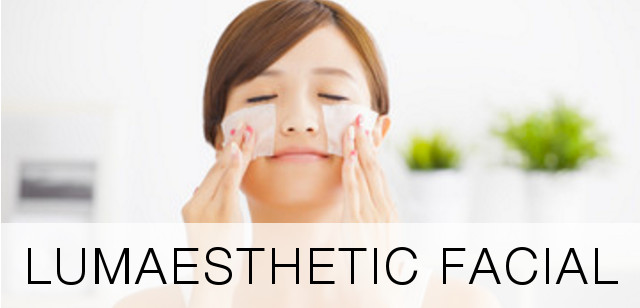Free Consultation in Central London
No obligation appointment with a surgeon

Free Consultation in Central London
No obligation appointment
Click below to contact us
What is Chemical Peeling?
Chemical peels are a form of exfoliation using acids. The most commonly used chemical peels include salicylic, glycolic, or trichloroacetic (TCA) acid in a variety of different strengths. They act to remove the top layer of skin cells.
The exact depth depends on the acid, the concentration and the length of treatment time. This reveals underlying healthier cells and stimulates new cells from the deeper skin layers to migrate upwards. The treatment also encourages new collagen and elastin production in the dermis layer of the skin, which helps to give a more glowing, rejuvenating appearance.
What does Chemical Peeling treat?
Chemical peeling is used as an effective skin rejuvenation treatment that can target several common concerns of the aging or tired skin:
- Mild wrinkles
- Minor discolorations and pigments
- Uneven skin tone or texture
- Blackheads/whiteheads
- Light acne scarring
- Keratosis Pilaris
How effective is it?
Chemical peels have been shown to effectively reduce the visible signs of aging in human skin. Chemical peels reorganise collagen and elastic fibres as well as increase the volume in the skin. The light to moderate peels - glycolic and TCA peels - are most commonly used for fine and moderate lines. For deep lines, there are extremely effective deep peels which result in a much longer healing time. For most individuals, the glycolic and TCA peels are a good balance of treatment tolerance, effectiveness, safety and minimal downtime.
Chemical peels have been described as most effective in reducing signs of photo-aging when combined with other rejuvenating skincare treatments. Therefore, we will discuss the follow-on skincare that is recommended subsequent to any chemical peeling.
What is the process of having a Chemical Peel?
You will have an initial consultation with one of our doctors to go through the peel process and the different types available.We will analyse your features and see whether there are other treatments that would benefit you to obtain optimal aesthetic outcomes. We will also go over the risks of any procedure. Should you decide to go ahead, we will prescribe some creams that act as a skin primer for the chemical peel. This has been shown to increase the efficacy of the peel and reduce complications. These creams will be applied daily for 4-6 weeks prior to the peel. They can make your skin feel dry or tingling, but we will also advise on appropriate moisturisers and sun-protection.
On the day of your peel, your skin will be cleansed before the chemical peel is applied. You may feel some tingling of the skin and we will closely monitor you. After a few minutes, the peel is washed off and a calming lotion and protective sunscreen will be added.
What happens after my Chemical Peel?
After the treatment, which will take around 30 minutes, you can carry on with your day, but will have to be wary of being in direct sunlight until the redness of the skin has settled. We will also advise against wearing any make-up within the first 5 days and no other aesthetic treatments to be performed within 2 weeks.
We recommend that the initial primer creams are continued as part of an individualised and prescribed skin rejuvenation programme. Generally, we suggest a course of peels for optimal outcomes. For an initial course (depending on your skin condition), 3-5 peels with each a month apart is a good starter programme. Subsequently, 3-6 monthly peels are an effective way to maintain a rejuvenated look.
After all treatments with Lumaesthetic Clinics, you will receive an aftercare leaflet, detailing what to expect, things to look out for and how to contact us. We suggest that you do not have large events (e.g. weddings) planned within two weeks of a chemical peel. A follow-up can be arranged if clinically indicated.










